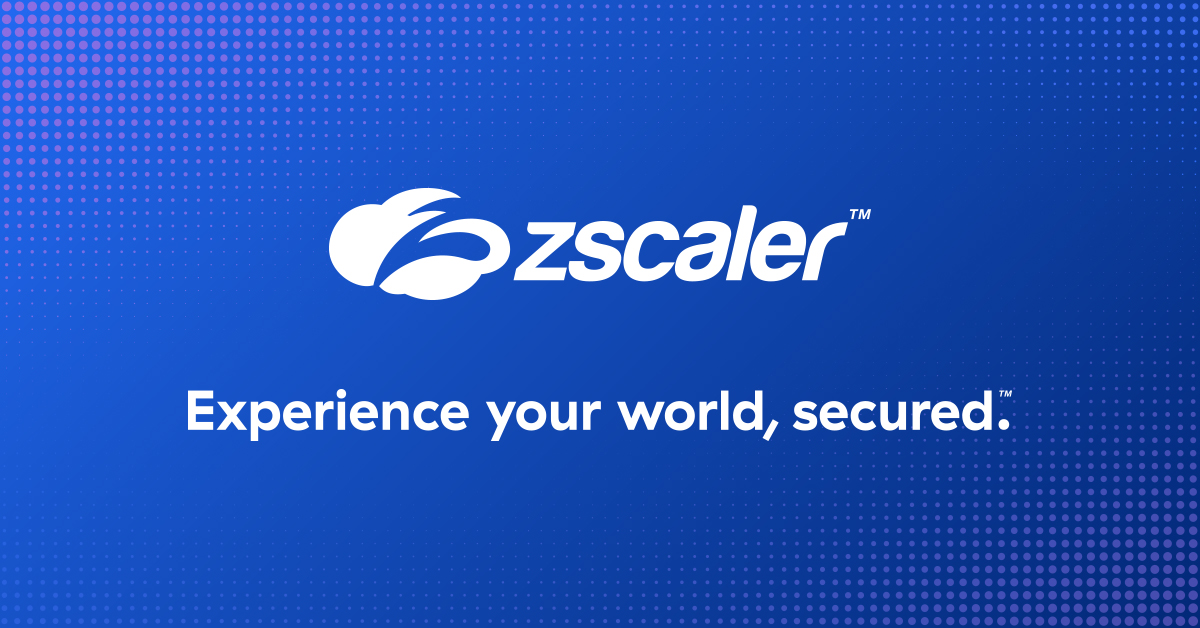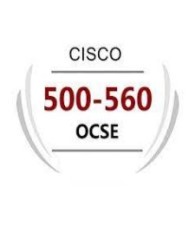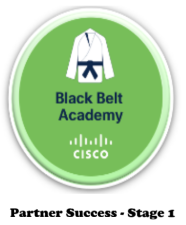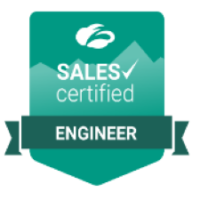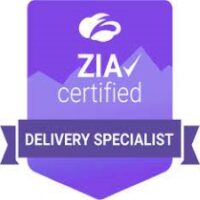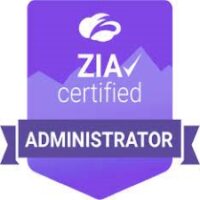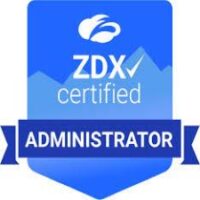Organizations are grappling with the need to cut costs systematically. With inflation, supply chain issues, COVID lockdowns, and more, a confluence of issues has generated tremendous economic uncertainty over the last few years, breeding rampant fear of a recession. Even network and security teams are having to do more with fewer resources, but it’s proving to be incredibly difficult when their organizations rely on perimeter-based architectures.
This blog series discusses the ways companies can save money with zero trust, with each blog containing a video about one of the key financial benefits of embracing such an architecture. Here are our prior topics for your consideration:
Part 1: Cutting Infrastructure and Hardware Costs
Part 2: Decreasing Operational Complexity
Part 3: Accelerating M&A Time-to-Value
Part 4: Stopping Costly Breaches
Part 5: Enhancing User Experiences
This blog focuses on:
The carbon footprint of perimeter-based architectures
For both our planet and organizations’ finances, hub-and-spoke networks and castle-and-moat security models come with significant costs. These perimeter-based architectures consume massive amounts of electricity, which expands the enterprise carbon footprint and leads to higher power bills. In light of the environment and the economy, this is an unsustainable reality for organizations the world over.
Zero trust architecture
Zero trust is a fundamentally different architecture from yesterday’s perimeter-based approaches, and it can overcome the challenges mentioned above. Whether an organization wants to save the world or its wallet, embracing a zero trust architecture is the ideal strategy for achieving modern ESG goals. Watch the video below to learn why.
To see real-world stories of organizations around the globe that saved money by embracing zero trust with Zscaler, download our ebook. To dig deeper and hear more detailed, long-form information about this topic, watch our on-demand webinar, 6 Ways to Cut Costs with a Zero Trust Architecture.
Stay tuned for the final installment of this series, which will summarize where we’ve been and review all the ways organizations can save money with a zero trust architecture.
Organizations are grappling with the need to cut costs systematically. With inflation, supply chain issues, COVID lockdowns, and more, a confluence of issues has generated tremendous economic uncertainty over the last few years, breeding rampant fear of a recession. Even network and security teams are having to do more with fewer resources, but it’s proving to be incredibly difficult when their organizations rely on perimeter-based architectures.
This blog series discusses the ways companies can save money with zero trust, with each blog containing a video about one of the key financial benefits of embracing such an architecture. Here are our prior topics for your consideration:
Part 1: Cutting Infrastructure and Hardware CostsPart 2: Decreasing Operational ComplexityPart 3: Accelerating M&A Time-to-ValuePart 4: Stopping Costly BreachesPart 5: Enhancing User Experiences
This blog focuses on:
The carbon footprint of perimeter-based architectures
For both our planet and organizations’ finances, hub-and-spoke networks and castle-and-moat security models come with significant costs. These perimeter-based architectures consume massive amounts of electricity, which expands the enterprise carbon footprint and leads to higher power bills. In light of the environment and the economy, this is an unsustainable reality for organizations the world over.
Zero trust architecture
Zero trust is a fundamentally different architecture from yesterday’s perimeter-based approaches, and it can overcome the challenges mentioned above. Whether an organization wants to save the world or its wallet, embracing a zero trust architecture is the ideal strategy for achieving modern ESG goals. Watch the video below to learn why.
To see real-world stories of organizations around the globe that saved money by embracing zero trust with Zscaler, download our ebook. To dig deeper and hear more detailed, long-form information about this topic, watch our on-demand webinar, 6 Ways to Cut Costs with a Zero Trust Architecture.
Stay tuned for the final installment of this series, which will summarize where we’ve been and review all the ways organizations can save money with a zero trust architecture.
Organizations are grappling with the need to cut costs systematically. With inflation, supply chain issues, COVID lockdowns, and more, a confluence of issues has generated tremendous economic uncertainty over the last few years, breeding rampant fear of a recession. Even network and security teams are having to do more with fewer resources, but it’s proving to be incredibly difficult when their organizations rely on perimeter-based architectures.
This blog series discusses the ways companies can save money with zero trust, with each blog containing a video about one of the key financial benefits of embracing such an architecture. Here are our prior topics for your consideration:
Part 1: Cutting Infrastructure and Hardware Costs
Part 2: Decreasing Operational Complexity
Part 3: Accelerating M&A Time-to-Value
Part 4: Stopping Costly Breaches
Part 5: Enhancing User Experiences
This blog focuses on:
The carbon footprint of perimeter-based architectures
For both our planet and organizations’ finances, hub-and-spoke networks and castle-and-moat security models come with significant costs. These perimeter-based architectures consume massive amounts of electricity, which expands the enterprise carbon footprint and leads to higher power bills. In light of the environment and the economy, this is an unsustainable reality for organizations the world over.
Zero trust architecture
Zero trust is a fundamentally different architecture from yesterday’s perimeter-based approaches, and it can overcome the challenges mentioned above. Whether an organization wants to save the world or its wallet, embracing a zero trust architecture is the ideal strategy for achieving modern ESG goals. Watch the video below to learn why.
To see real-world stories of organizations around the globe that saved money by embracing zero trust with Zscaler, download our ebook. To dig deeper and hear more detailed, long-form information about this topic, watch our on-demand webinar, 6 Ways to Cut Costs with a Zero Trust Architecture.
Stay tuned for the final installment of this series, which will summarize where we’ve been and review all the ways organizations can save money with a zero trust architecture.

